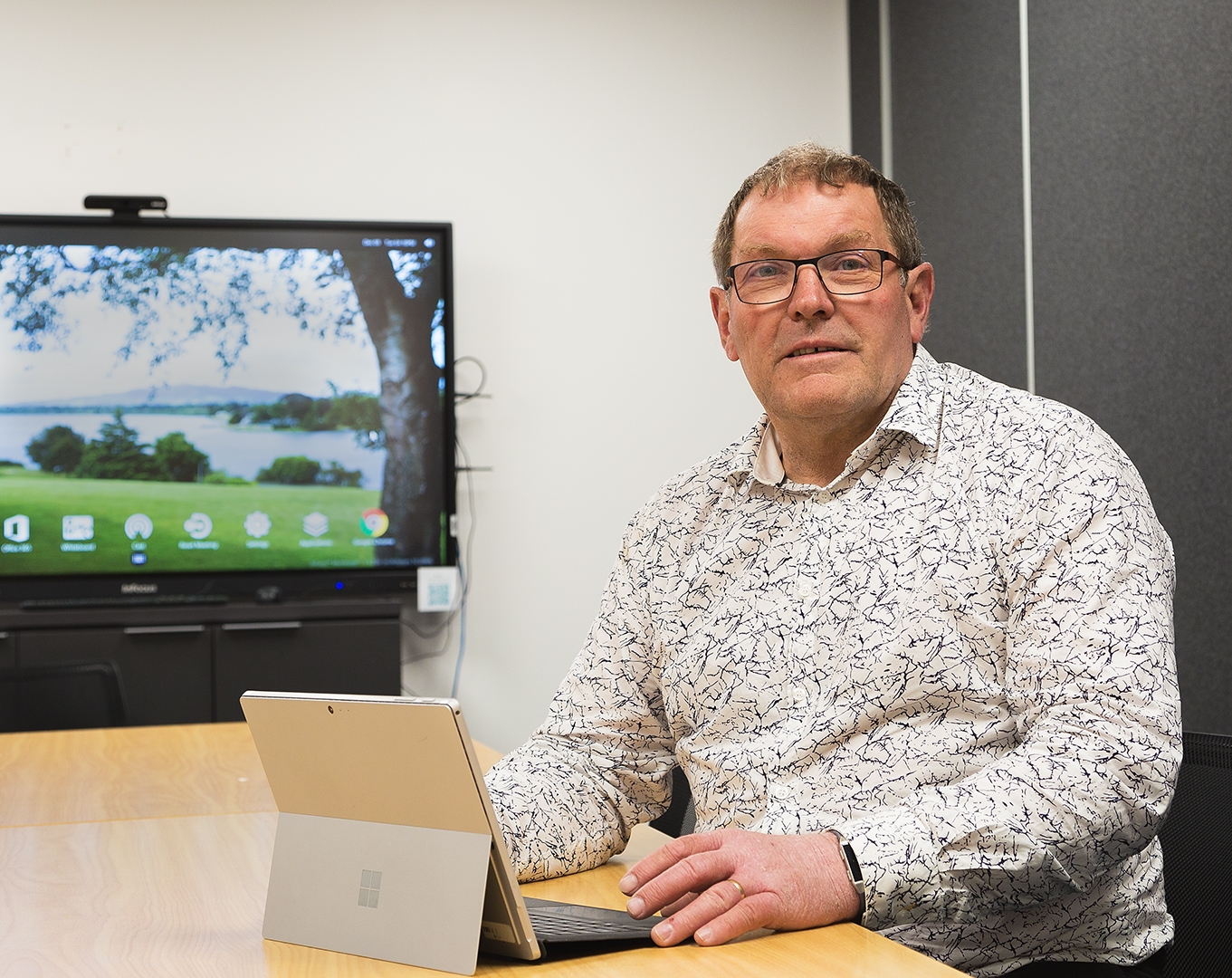A world-leading innovation has emerged from a roading sector project standardising the performance of New Zealand roads.
Believed to be a world first, a national roading database has been created for the One Network Road Classification Performance Measures Reporting Tool (ONRC PMRT).
The online tool, into which all New Zealand’s road controlling authorities have imported data, was built for the Road Efficiency Group (REG) by Hamilton software specialist Company-X.
REG is a collaboration between Local Government New Zealand (LGNZ), Waka Kotahi NZ Transport Agency and 68 road controlling authorities including the Department of Conservation and city and district councils.
REG enables road controlling authorities across New Zealand to monitor and measure roads with the same tools and standards.
Infrastructure asset management specialist Dr Theuns Henning of the University of Auckland said the ONRC PMRT and subsequent creation of a national roading database was a world first.
“New Zealand is in a much better position and has a much clearer appreciation of where we stand with regards to their network performance from a national perspective,” Henning said.
“Now people can see how they perform and how their costs are doing compared to their peers, which is a significant step forward and from the central funding perspective. So, it's much clearer and more transparent.”
Waka Kotahi Director of Regional Relationships Jim Harland described the ONRC PMRT as an essential system, streamlining previous issues with accessing consistent data.
The beauty of the PMRT is its consistency.
“We have used PMRT quite religiously over the last three or four years. Our assurance and audit teams use the tool a lot for our audit work, and the benefit is that it provides consistent reporting data for all, because everyone puts their data into the tool.”
Waipa District Council service delivery group manager and former REG Evidence and Outcomes Group chair Dawn Inglis said the PMRT was a great step forward.
The ability for road controlling authorities to compare their networks to their peers, the region and the nation was fantastic, Inglis said.
“We are getting better understanding of our safety outcomes in our networks,” Inglis said.
“That classification enables us to understand our networks on a much richer basis when we've got the data broken down to that level of granularity. It was an ‘aha’ moment for me and a lot of the people in the sector.”
REG Evidence and Outcomes group member and Queenstown Lakes District Council transport asset manager Alison Tomlinson said the reporting tool and its dataset had changed the thinking around asset management.
“The delivery of the ONRC PMRT has given asset managers a tangible tool, enabling them to challenge and ask questions about their networks,” Tomlinson said.
“It's about understanding how we as a council look compared to our peers.”
The transparency the tool provides enables road controlling authorities to learn from each other and improve their roading network and ultimately the experience for road users.
“The REG programme and the tools developed has been really good at helping us connect with our peers,” Tomlinson added.
“It's been quite empowering for the local authorities. So really, really powerful stuff.”

In his role as REG Programme Manager Andrew McKillop worked closely with Hamilton software specialist Company-X in the development of the tool. Investment advisor teams soon got involved because they could see the opportunity to make the national roading network more efficient.
“Having the essential information on hand to exchange and learn from other people – that is where the value is.”

Chair of REG Jim Harland said the PMRT was a significant piece of work that had brought clarity to the national roading sector.
“There's that old adage about what gets measured gets done,” Harland said.
“In doing this work, we are clear on performance around different components in the network, we are clear on the value for money on the investment that goes in, and we have also got an understanding of how competent the sector is to develop the skills of their people.”
Former Local Government New Zealand chief executive and REG board member Malcolm Alexander said the tool came out of a transport sector-wide desire to improve operations and maintenance across the national network.
The tool, Alexander said, helped Waka Kotahi and city and district councils understand the nature of seal on their roads, the quality of materials used, where there was a bumpy ride, and other metrics.
“There's a whole swag of metrics,” Alexander said.
“We’ve got six complete years of data in the tool and that's brilliant. The mere fact that we would even do this was seen to be extraordinarily impossible. Yet here we are.”
Alexander said the REG projects had empowered the sector to be inventive and find new ways of doing things.
A large team of people had input into the development of the ONRC PMRT, refining requirements and testing it to ensure it met the needs of users.
“People are putting a lot of their own time into this project, and I've seen that around the leadership group.”
